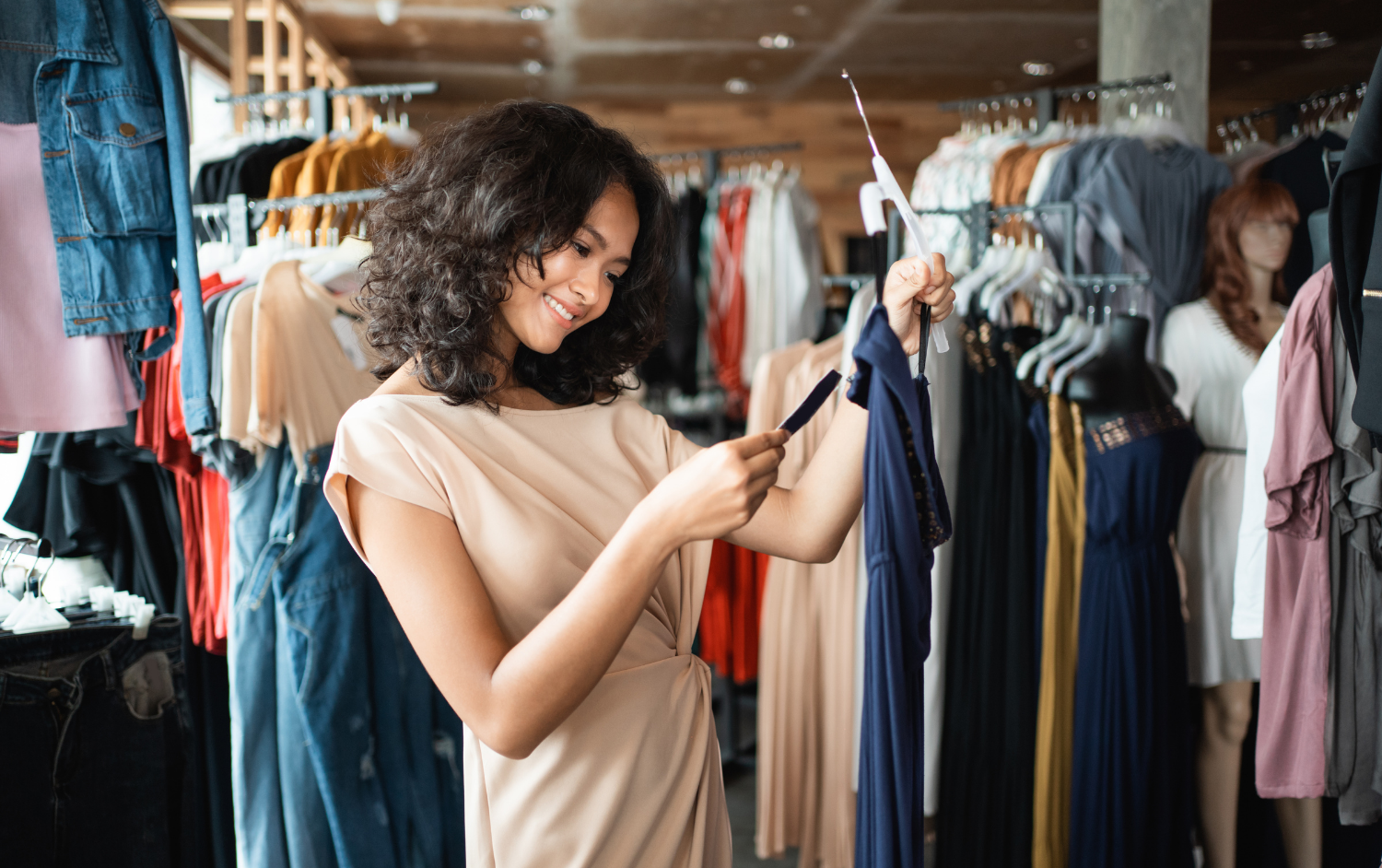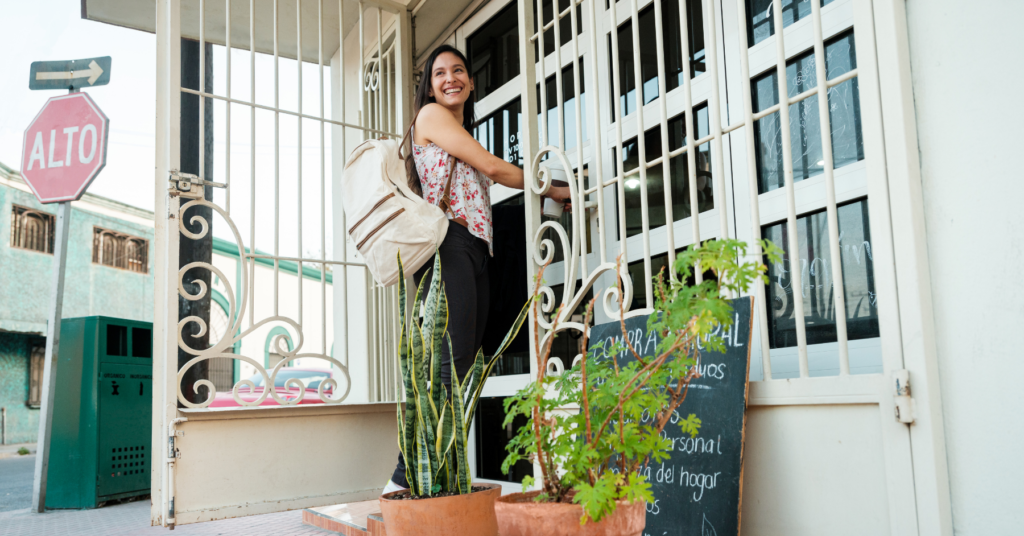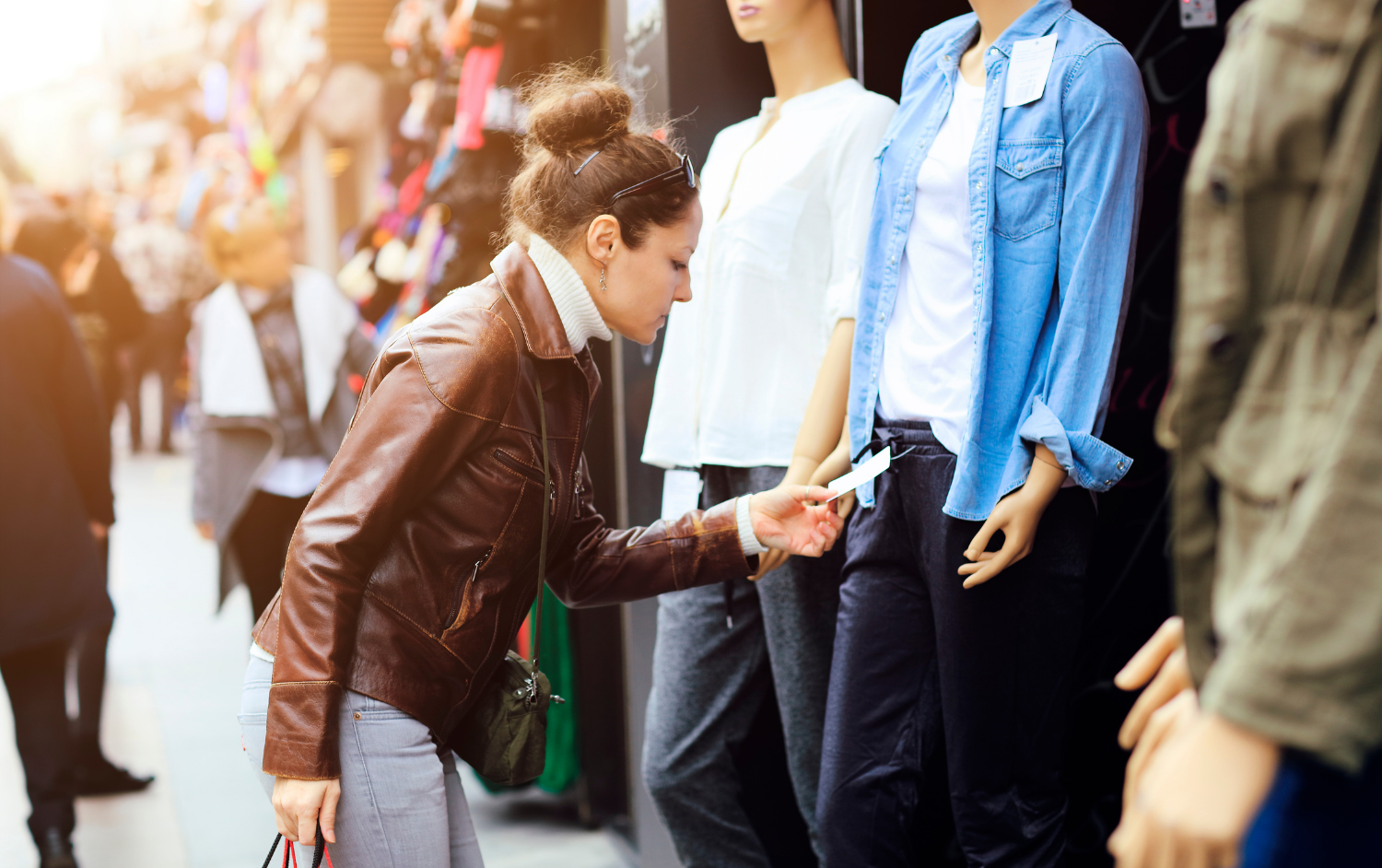Why Brands Should Align Products With Consumer Sustainability Expectations
by ajones | Jul 6, 2022 | Blog, Sustainability, Generations | No Comments

A recent First Insight study found just how much of a disconnect there is between consumers’ expectations when it comes to sustainability and what brands think consumers want. Halfway through 2022, now is a good time to evaluate and seek alignment.
Sustainability: expectations versus reality
A full 100% of fashion executives feel that shoppers expect them to be more sustainable. However, findings show that only 59% of consumers expect brands to increase sustainability, perhaps through making production more sustainable or innovating with sustainable features (Jones, 2022). In fact, consumers often find claims of carbon neutrality to be unattainable, which can lead to fears of greenwashing. On the other hand, research also shows that shoppers believe that brands are implementing more sustainability initiatives and actions than they are disclosing (Jones, 2022).
While Gen Z is known for being the generation whose expectations are most focused on sustainability, the gap has closed; sustainability has grown as a value driver for Baby Boomers by 230% since 2019. All generations are buying and selling secondhand apparel. Though Gen Z cares most about how products are produced, Millennials, Gen X, and Baby Boomers care about fabric and products themselves (Jones, 2022).
A majority of consumers value sustainability over loyalty to brands, and two-thirds state that they are willing to pay more for sustainable items–83% will pay at least a 10% premium for sustainable products. Yet two-thirds of executives feel that shoppers won’t pay more for such items (Jones, 2022).
Online fashion retailer Zalando’s 2021 report on the sustainability attitude-behavior gap acknowledges that people tend to “over-report socially desirable sentiments.” The report notes that 60% of survey respondents state that transparency is important to them, but only 20% go out of their way to seek out information when making a purchase. Similarly, 53% believe ethical labor policies matter, but only 23% look into what those policies are. While 58% feel they should understand a product and its materials, only 38% check the label regularly for information. Lastly, 60% of those surveyed said repair, secondhand, and sustainable disposal matter to them, but only 23% actually repair their own clothing, and only 25% buy secondhand on a regular basis (Cernansky, 2021).
The purpose of ProTecht® For A More Sustainable You
The mission of ProTecht® is to provide brands and retailers with necessary technologies to enhance product performance and durability–in other words, sustainability. This, in turn, helps customers by protecting their textiles from soiling, staining, and odor, which require frequent laundering.
ProTecht® is a family of sustainable textile finish technologies, including a metal-free antimicrobial, plant-based anti-odor, quick dry, and cooling technologies. ProTecht® helps brands and retailers offer their customers the opportunity to be more sustainable in the way they maintain their textile products.
Finding alignment of expectations
The First Insight survey shows that the sooner brands can get input about consumers’ expectations, the more valuable this information is in aligning the correct product to the right place at the best time (Jones, 2022). Brands must value the importance of consumers’ shopping reviews, interact with customers on social media, and engage with fashion customer service teams to get feedback they can then act on.
How consumers can become more informed
Consumers can do their part by following these suggestions from Friedman (2020):
- Research a brand’s commitment to sustainability.
- Learn about raw materials.
- Study a product’s production process before purchasing it.
- Read hang tags.
- Consider material type.
- Review the possibilities for a product’s “afterlife.” For example, is it recyclable or biodegradable?
- Learn to reuse, repair, and recycle.
As brands and consumers become more aligned and recognize the advantages of innovative textile technologies, all can move forward into a more sustainable future.
References
Cernansky, R. (2021, August 5). Customers care more about sustainability post-lockdowns. Now what? Vogue Business. https://www.voguebusiness.com/sustainability/customers-care-more-about-sustainability-post-lockdowns-now-what
Friedman, A. (2020, September 3). Sustainability sound off: What consumers really think of eco-friendly fashion. Sourcing Journal. https://sourcingjournal.com/topics/sustainability/lenzing-transparency-consumer-trust-fiber-sustainability-apparel-home-textiles-229267/
Jones, S. (2022, June 5). First Insight’s Greg Petro on why brands should listen to consumers’ sustainability beliefs. Sourcing Journal. https://sourcingjournal.com/topics/consumer-insights/first-insight-greg-petro-consumer-research-pricing-sustainability-summit-347766/

How to become a responsible consumer
The global pandemic has certainly changed a great deal of daily life around the world. Along with...

Sustainable Shopping Guide
Eco-anxiety is a growing concern among young people. For instance, a recent survey on the topic...

Product passports
Around the world consumers track packages through shipment and delivery. Some track family members...